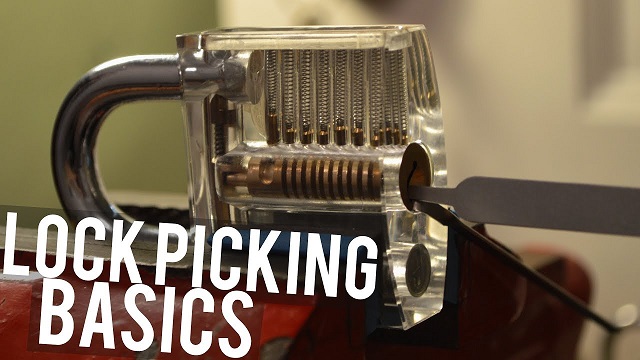DIY Lock Picking Tool: Unlocking the Basics of Locksmithing
2023-07-11 08:59
Lock picks is an intriguing skill that requires precision, patience, and the right tools. While locksmiths undergo extensive training, you can explore the world of lock picking through DIY methods. In this article, we will guide you through the process of creating a basic lock picking tool, allowing you to develop a fundamental understanding of this craft.
Section 1: Understanding the Basics
Before delving into DIY lock picking tools, it's important to familiarize yourself with the fundamentals. Lock picking involves manipulating the components of a lock to bypass its mechanism and unlock it without the original key. Two commonly used tools for this purpose are the tension wrench and the pick.
Section 2: Materials Required
To create your own DIY lock picking tool, you will need a few readily available materials. These include a small flathead screwdriver, a thin metal strip (such as a paperclip or windshield wiper insert), a file, pliers, and sandpaper. Ensure that the metal strip is strong enough to withstand the pressure exerted during the lock picking process.
Section 3: Crafting the Tension Wrench
The tension wrench is an essential tool that creates tension within the lock's cylinder. This tension allows you to manipulate the lock's pins successfully. Start by cutting the metal strip to a length of around 2-3 inches. Use the pliers to bend the strip at a 90-degree angle, leaving a small loop at one end. This loop will act as a handle for easy gripping. File down the other end to create a flat, thin tip. Finally, smooth out any rough edges with sandpaper to prevent damage to the lock.
Section 4: Creating the Pick
The pick is the tool used to manipulate the pins inside the lock cylinder. Begin by straightening the remaining portion of the metal strip using pliers. Next, create a small hook at the tip, resembling a half-circle shape. Use the file to refine the hook and make it smoother. Be sure to maintain the right thickness and length for effective use. Similar to the tension wrench, use sandpaper to smooth out any sharp edges.
By following these steps and using readily available materials, you can create a basic DIY lock picking tool. However, it's crucial to remember that lock picking should only be used for legal purposes or as a hobby to develop your skills. Always seek appropriate permissions and adhere to local laws and regulations.

 Like Us on Facebook to enjoy 5% discount
Like Us on Facebook to enjoy 5% discount
